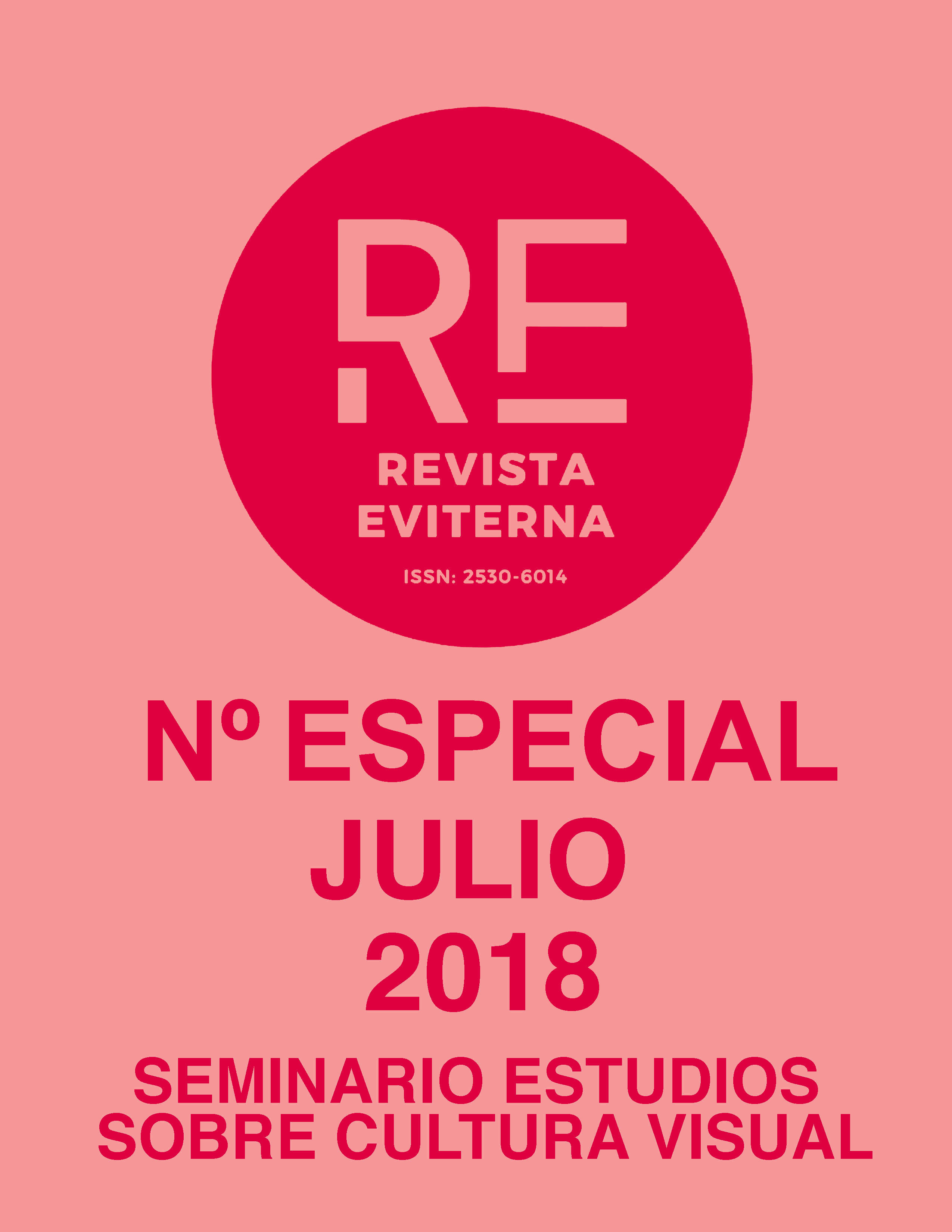El dibujo proyectual y publicista. La joyería femenina europea y su proceso creativo durante el siglo XVIII
DOI:
https://doi.org/10.24310/Eviternare.v0i0.8231Palabras clave:
Joyería femenina, siglo XVIII, identidad, tratados, dibujos, fuentes secundariasResumen
A comienzos del siglo XVIII puede observarse en las principales capitales europeas un proceso de modernización caracterizado por el continuo refinamiento de las formas y las costumbres vernáculas en cuestiones de apariencia; entiéndanse éstas como el aparato vestimentario, mobiliario y las diferentes pautas de conducta. París, reconocido referente de buen gusto entre las cortes europeas, exporta desde finales del siglo XVII sus modelos. Sin embargo, es a partir de 1750 cuando se percibe una destacada aceleración del proceso de difusión de la moda francesa mediante estampas, dibujos, tratados y a las ya por entonces populares poupé de mode 1 [1] [2]. Observamos, por lo tanto, a partir de la segunda mitad de la centuria, una destacada tendencia hacia la homogenización de la moda europea. En este sentido, analizar el traje y la joyería del XVIII significa “asistir al proceso de aculturación de unos colectivos cuya conducta marcará la pauta para el resto de la población” (Molina y Vega, 2004, p. 10). El objetivo del presente estudio es la presentación de los diferentes vehículos conductores de las tendencias vigentes en materia de joyería femenina, así como el análisis de los diferentes factores, sociales y técnicos, que intervienen en la producción creativa de los mismos.
Descargas
Métricas
Publicación Facts
Perfil de revisores N/D
Información adicional autores
Indexado: {$indexList}
-
Indexado en
- Sociedad Académica/Grupo
- N/D
- Editora:
- Universidad de Málaga
Citas
ARANDA HUETE, A. (1993), “Dibujos de joyas de María Amalia de Sajonia”, Reales Sitios, nº 115, 1º trimestre, pp. 33-39.
ARANDA HUETE, A. (1998), “Dibujos de joyas para la boda de la Infanta María Luisa de Borbón, hija del rey Carlos III”, Reales Sitios, nº 137, 3º trimestre, pp. 44-53.
ARBETETA MIRA, L. (2003), El arte de la joyería en la colección Lázaro Galdiano. Madrid, Fundación Lázaro Galdiano y Obra Social y Cultural, Caja Segovia.
CERVAL, M. (1988), Dictionnaire international du bijou. Paris, Editions du Regard.
CODELUPPI, V. (2003), Che cosa è la moda. Roma, Carocci Editore.
DUFLOS, Claude-Agustin-Pierre (1767), Recueil de dessein de joaillerie: dédié à Monseigneur le comte de Saint-Florentin. París, chez Claude Duflos.
GARRIDO NEVA, R. (2013), “Dibujos de joyas para Pedro de Álcantara Pérez de Guzmán y Mariana de Silva, duques de Medina Sidonia” en Laboratorio de Arte: Revista del Departamento de Historia del Arte,Nº. 25, 2, pp. 559-579.
ELIAS, N. (2011), El proceso de la civilización. Madrid, S.L. Fondo de Cultura Económica de España.
JIMÉNEZ PRIEGO, T. (2001), “Agustín Duflos. «Joyero del Rey de España»”, Revistas Espacio,Tiempo y Formas, UNED, nº 14, pp. 113-145.
MOLINA, A., VEGA, J. (2004), Vestir la identidad, construir la apariencia. La cuestión del traje en la España del siglo XVIII. Madrid, Ayuntamiento de Madrid – Área de Gobierno de las Artes.
MONDON, Jean (1736-1751), Premier libre de pierreries pour la parure des dames: dédié à Madame T. D. J. par son tès humble et très obéissant serviteur. París, chez Claude Duflos, graveur rue des Noyers, chez Mr Hasté serrurier.
MULLER, P. (2012), Joyas en España, 1500-1800. Nueva York, The Hispanic Society of America.
POUGET, Jean-Henri-Prosper (1762), Traité des pierres précieuses et de la manière de les employer en parure.Paris, Pouget fils.
SCARISBRICK, D., VACHAUDEZ, Y J. WALGRAVE, J. (2007) Brilliant Europe: Jewels from European Courts. Bruselas, ING Belgium and Fond Mercator.
VAN DER CRUYCEN, L. (1770), Nouveau livre de desseins concernant les ouvrages de la joaillerie. París.
Descargas
Publicado
Cómo citar
Número
Sección
Licencia
Todos los contenidos publicados en Revista Eviterna están sujetos a la licencia Creative Commons Reconocimento-NoComercia-Compartirigual 4.0 cuyo texto completo puede consultar en <http://creativecommons.org/licenses/by-nc-sa/4.0>

Se pueden copiar, usar, difundir, transmitir y exponer públicamente, siempre que:
- Se cite la autoría y la fuente original de su publicación (revista, editorial y URL de la obra).
- No se usen para fines comerciales.
- Se mencione la existencia y especificaciones de esta licencia de uso.
Los derechos de autor son de dos clases: derechos morales y derechos patrimoniales. Los derechos morales son prerrogativas perpetuas, irrenunciables, intransferibles, inalienables, inembargables e imprescriptibles.
De acuerdo con la legislación de derechos de autor, Revista Eviterna reconoce y respeta el derecho moral de los autores/as, así como la titularidad del derecho patrimonial, el cual será cedido a la Universidad de Málaga para su difusión en acceso abierto.
Los derechos patrimoniales, se refieren a los beneficios que se obtienen por el uso o divulgación de las obras. Revista Eviterna se publica en open access y queda autorizada en exclusiva para realizar u autorizar por cualquier medio el uso, distribución, divulgación, reproducción, adaptación, traducción o transformación de la obra.
Es responsabilidad de los autores/as obtener los permisos necesarios de las imágenes que están sujetas a derechos de autor.







12.png)



